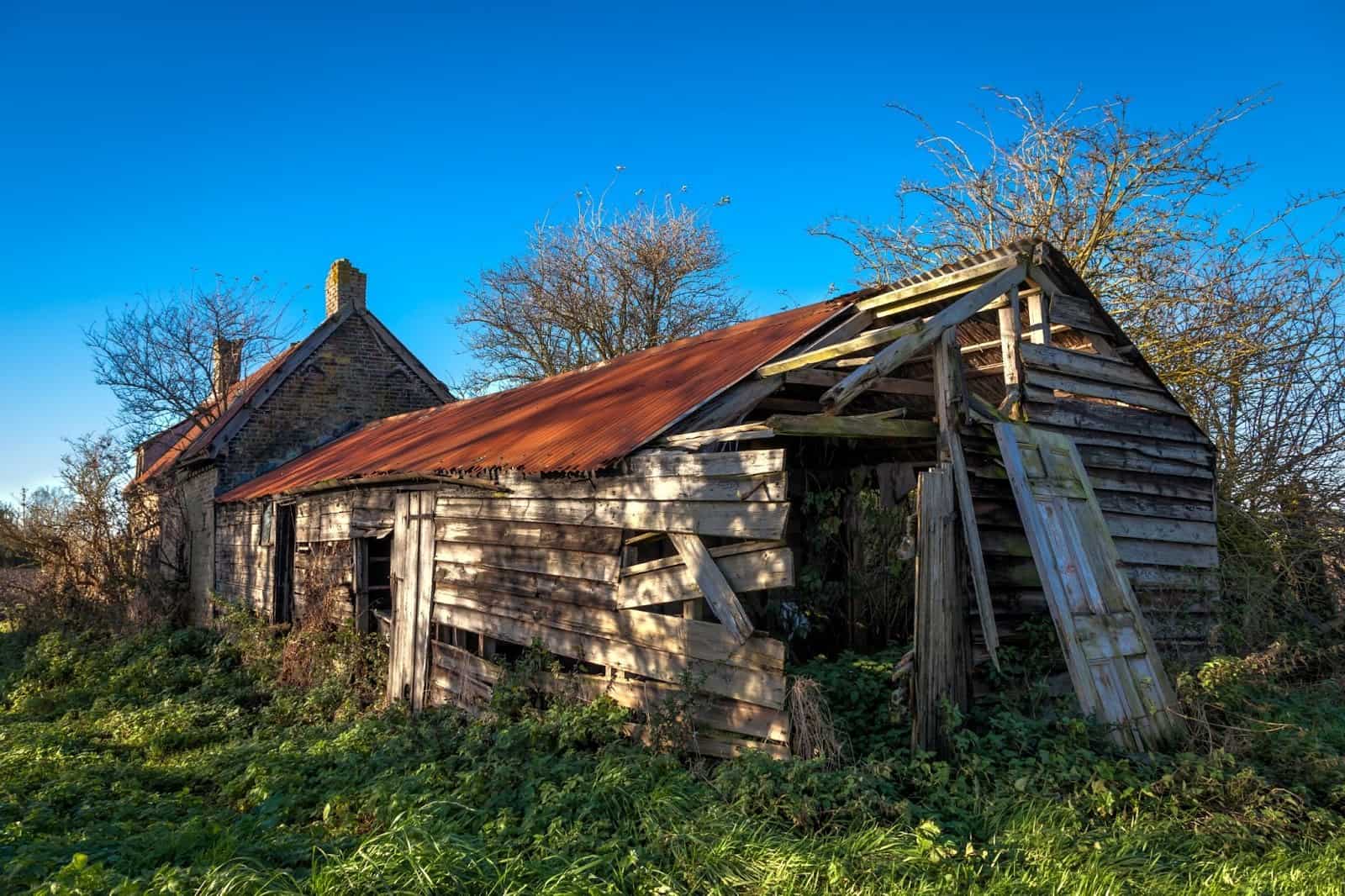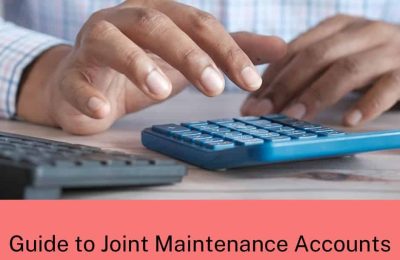You can’t plan for everything, and when unexpected damage happens to your property, it can have serious effects – especially if you have tenants living in the property. However, knowing what to do post-damage (whether it’s caused by poor weather, vandalism or an accident) can help considerably with factors such as your insurance claims and whether your tenants can remain in the property. Whether malicious in nature or not, there are a few top tips for handling rental property repairs when you’re faced with unexpected damage.
Accidental or malicious?
The first step you should take is determining whether the damage is accidental or malicious. This is important to avoid misunderstandings between you and your tenant. Accidental damage can take various forms (from spillages on carpets to broken windows) and is caused unintentionally, whereas malicious damage is usually caused out of spite.
Assess the damage
Before you can consider repair work, you need to know what you’re dealing with and the extent of the damage. Identify the scope of the damage and whether it’s something you can resolve yourself, or if you’ll need professional assistance. For example, storm damage may have resulted in broken tiles or damaged guttering, but also fractured windows, flooding in certain areas or damaged furniture or structures in the garden. Don’t assume that the initial damage you’ve spotted is all that you have to contend with – make sure you do a thorough assessment of the property and any outdoor spaces you’re responsible for.
Check for hazards
As a landlord, you have a duty of care to your tenants and that means keeping the property they live in as safe as possible. While accidents can happen, you need to be checking the property for any potential hazards that could make the home unsafe. It’s important to check the situation yourself, rather than simply accept the tenant’s word on these matters, as they may not be aware of the severity of the situation and underplay a big problem, or similarly overplay something that can wait.
Minor damage may not require them to move out, but if the damage incurred poses a health and safety risk, you’ll need to alert the tenants and advise them to vacate the property until it has been made safe again, and if the damage relates to water or electricity, respond to it immediately.
Research local contractors
Now that you know what repairs are needed, it’s time to contact local contractors to get the work scheduled in. Make sure you do your research here before you sign any contracts or pay deposits, as you want to be sure that you’re working with competent, qualified individuals who have a good reputation. Ask your friends and family for recommendations of contractors they’ve worked with in the past, or speak to local estate agencies or property management firms for their advice, and check online reviews and testimonials too.
Consider neighbouring and listed properties
Depending on the scope of the damage and the property repairs needed, you may need to seek planning permission or speak to your neighbours prior to the work taking place to get their approval. Discussing matters with your neighbours beforehand can help to prepare them for any noise or disruption and increases the chances of them agreeing to the work taking place.
Professional advice might be required if you need to carry out repairs on a property that is listed or located in a conservation area. It is worth consulting an expert if you’re unclear whether you need permission to make structural changes, or want clarity on the extent of repair work you are allowed to carry out without inflicting further damage to a protected building.
Have clear agreements in the lease for handling damage
Take time to make sure that there are clear agreements in the lease for how the damage will be handled when it occurs. It helps to reduce the risk of any misunderstandings and ensures you’re compliant as a landlord for protecting tenants and adhering to the requirements necessary for your insurance.
It’s also important that you speak with tenants to make sure they’re completely clear of what’s in the lease and their rights and responsibilities. It also highlights to anyone living in the property that you’re paying attention, reducing the risk of malicious damage occurring. A clear lease agreement won’t prevent damage necessarily, but it does protect all parties in the event of an accident or unexpected damage.
Be prepared for all eventualities
Accidents are so-called for a reason, and you can’t always know when a repair will be needed, but if you’re managing a rental property, you need to stay on top of disrepair and damage in order to deal with it quickly and safely. Finding excellent tradespeople you can rely on, making sure your tenants are safe and keeping neighbours on side (if you need to carry out larger property repairs) can all help to make the repair process run smoothly. This, in turn, can help you to maintain a positive reputation as a landlord.











